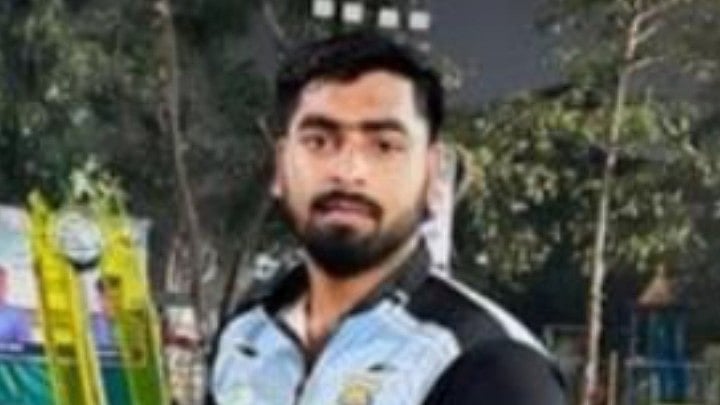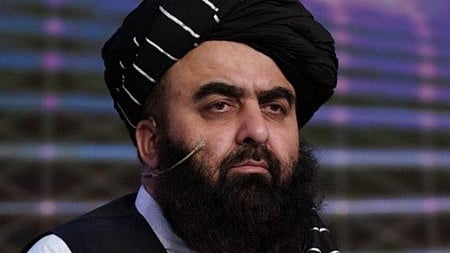Bangladesh marks as a nation known for its history pronouncing struggle to keep independence and its political tumoils intact while witnessing series of military coups attempting to take over the democratic nation into anarchic military rule. In the recent success of enforcing military power as Hasina Sheikh abruptly resigned while seeking refuge in India.
Timeline Of Military Coup Attempts
1975- The First Major Coup:
The first-ever military coup after the adaption of democracy wqs established after the assassination of Sheikh Mujibur Rahman, regarded as founder of the nation. Major General Khandaker Mudhtaque Ahmed who was a former ally of Sheikh Mujib became the leader of the military coup lead government.
.jpeg)
Major General Khandaker Mudhtaque Ahmed | Facebook
- August 15, 1975:
Due to the turn of political events, Major General Ziaur Rahman arose as a prominent leader of the coup, leading a military-backed government.
1977- The Consolidation of Power:
Ziaur Rahman consolidated his power through the suppression of political dissent and the implementation of martial law. He established the Bangladesh Nationalist Party (BNP) and legalised political parties.
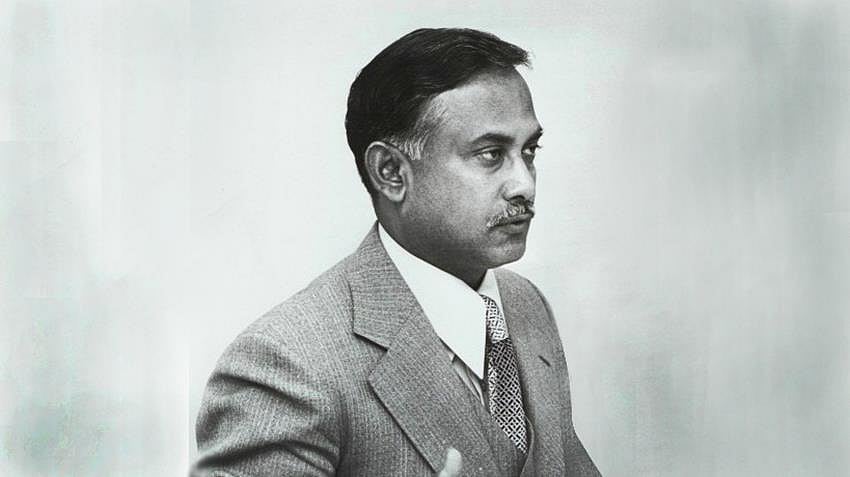
Ziaur Rahman | X
1981- Attempted Coup Against Ziaur Rahman:
A military coup attempted to overpower against Ziaur Rahman which was led by dissident military officers but the attempt deemed to be unsuccessful. The coup highlighted the tension within military and obstacles for Rahman to keep his power intact.
1982- Another Military Intervention:
General Hussain Muhammad Ershad assumed presidency as the military coup led by him deemed success against Abdus Sattar government. Military coup under Ershad's leadership stayed in power till 1990 and was known for its widespread corruption and infrastructural development.
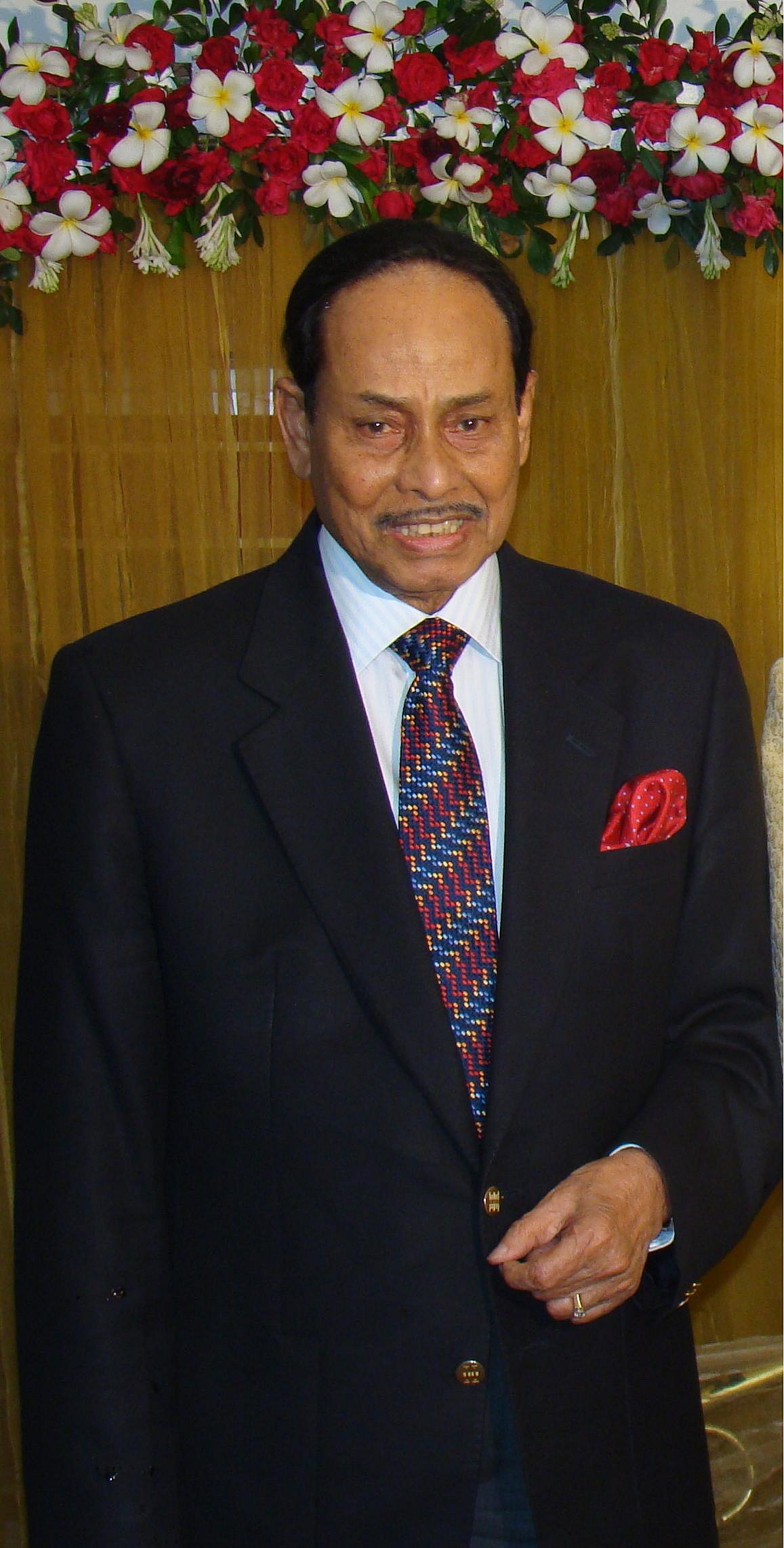
General Hussain Muhammad Ershad | X
1990- Fall of Ershad’s Regime:
Massive civilian protests and political turmoil led General Ershad to resign from his post. The military did not side the General during the protests signalling to change in dynamics which led to a path indicating return of the democratic governance in Bangladesh.
2007-2008- The “Interim Government”:
President Iajuddin Ahmed had declared emergency following the establishment of the military-backed interim government. General Moeen Uddin Ahmed led the interim government, was established to control elections and regain power amid political disruptions.
.jpeg)
General Moeen Uddin Ahmed | x
- December 2008:
The interim government led by Ahmed ended its reign with democratic elections leading to the restoration of civil rule and return of Sheikh Hasina as the Prime Minister.
2014- Alleged Coup Plot:
There were estimations of alleged military planning to seize power and over the nation with the plan to overthrow the Sheikh Hasina as the serving prime minister. The plan was caught and conspirators were arrested leading to win for the Sheikh government but highlighted dissatisfaction in the military.
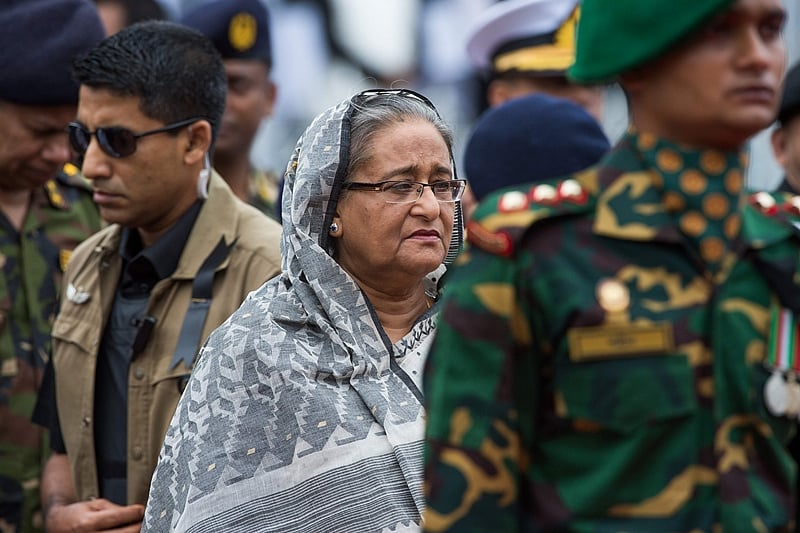
Bangladesh former Prime Minister Sheikh Hasina | AFP
2018- Rumors of Military Discontent:
There were rumours regarding the potential militaru take over during the general elections in Bangladesh earlier this year due to the irregularities and political disputes. However no attempt was made until August 5, months after the fourth consecutive win of Sheikh Hasina as the prime minister when the military was successful in overthrowing Sheikh due to the extreme communal distress.
.jpg?width=1200)


